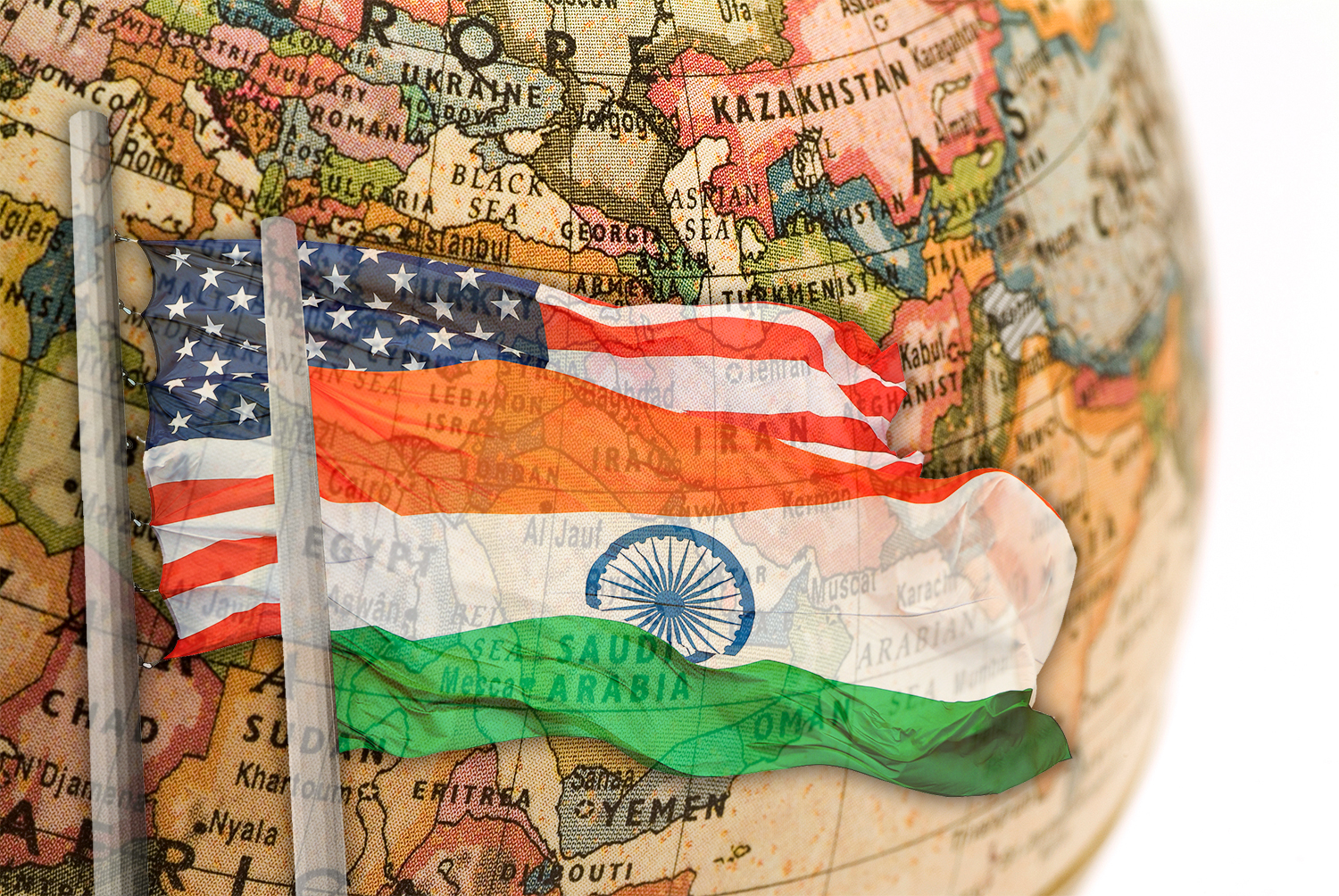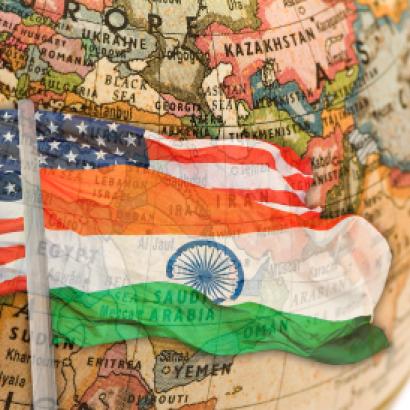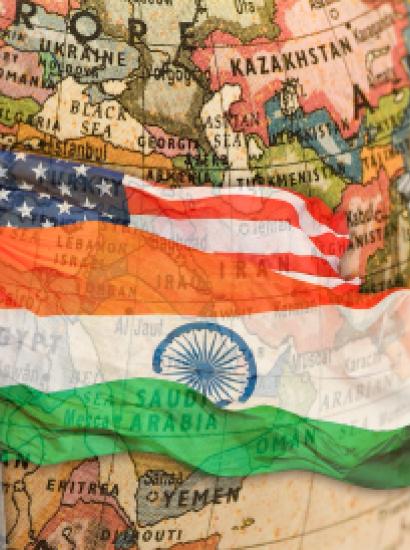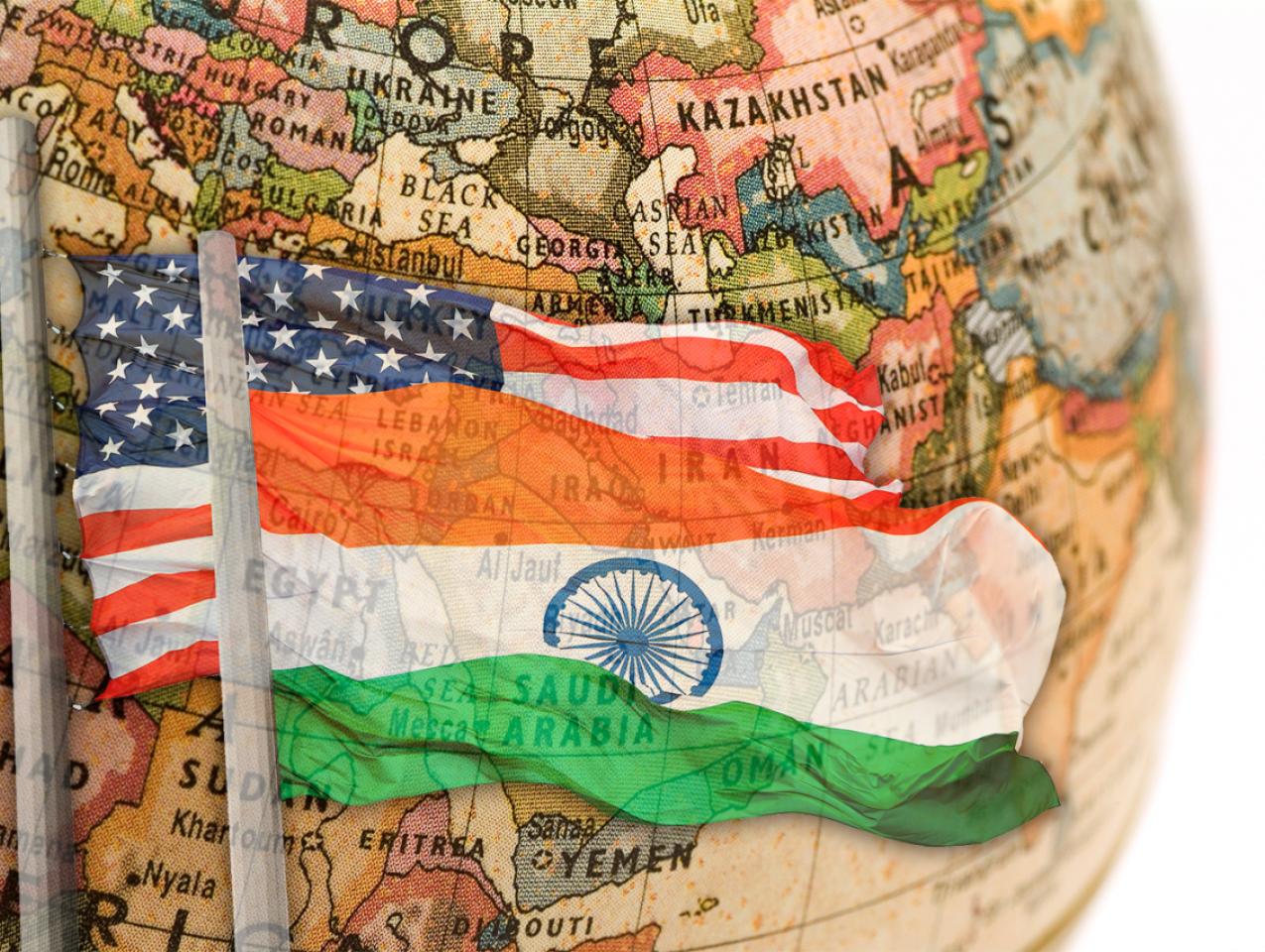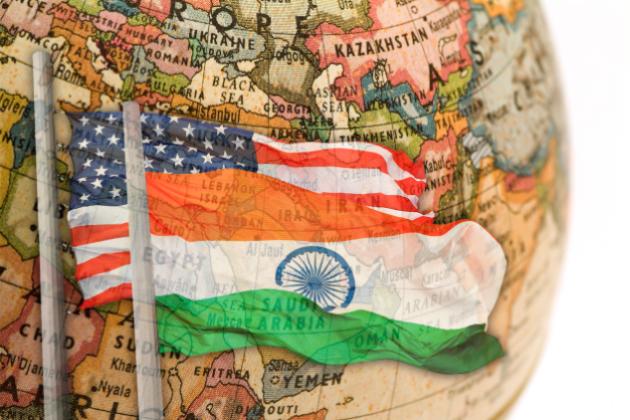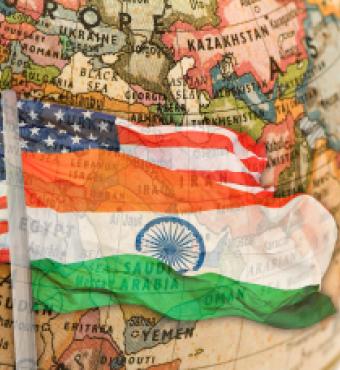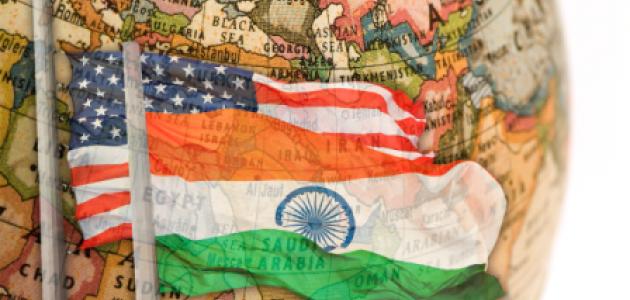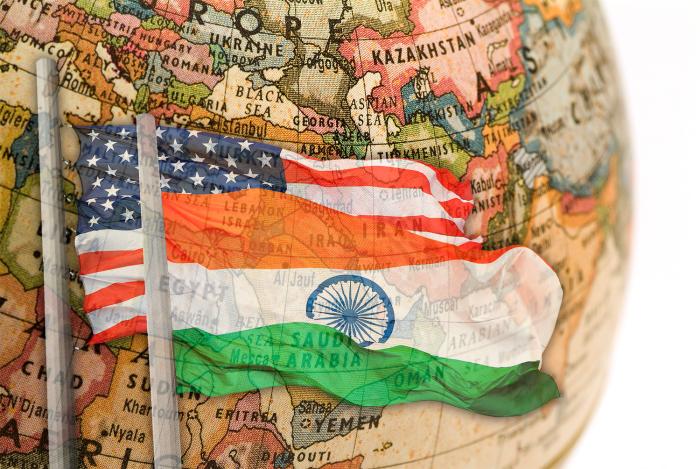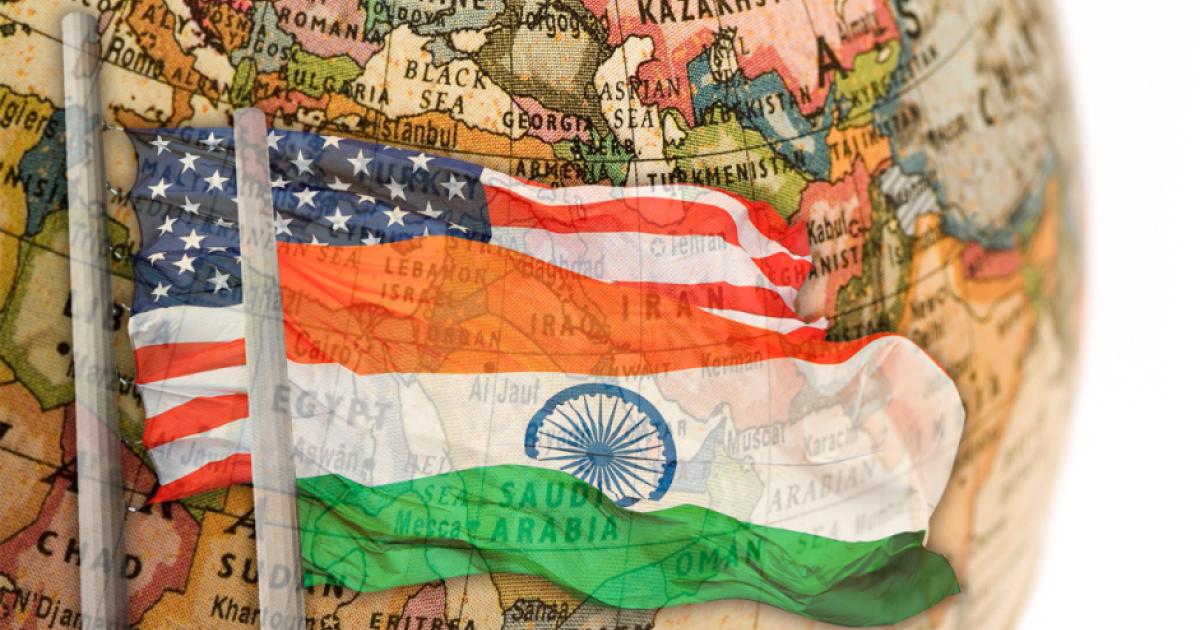- Middle East
- Revitalizing History
During the Obama administration, the United States began deprioritizing the Middle East, turning its attention increasingly to the Indo-Pacific and the challenge of rising Chinese power. Biden administration officials have stated that they intend to continue the process. As a result, the United States could find itself drawing down its Middle East presence even as an increasingly ambitious China makes strategic inroads in the region through such measures as its Belt-and-Road Initiative.
This problem might be mitigated if the Middle East and the Indo-Pacific were treated not as separate but as interconnected, with strategic relationships in one region helping to advance U.S. interests in the other. Could the United States leverage its burgeoning partnership with India, which the U.S. considers a “lynchpin” of its Indo-Pacific strategy, to promote common interests and occupy strategic space in the Middle East? If so, the United States may be able to focus more closely on the Indo-Pacific without unduly sacrificing its Middle-East concerns.
Three factors suggest that India may be willing to play such a cooperative role in the Middle East. First, India has significant historical, economic and defense-related connections to the region. Second, India has taken a flexible approach to the demarcation of geostrategic boundaries, helping to pioneer the original Indo-Pacific concept, and now encouraging the concept’s expansion westward. Finally, geostrategic changes in the Middle East and the Indo-Pacific have facilitated the expansion of India’s bilateral Middle Eastern relationships into multilateral cooperative groupings that transcend traditional boundaries, and include the United States. These three factors suggest that the United States’ partnership with India, though originally cultivated in the Indo-Pacific, can expand westward, and help to promote mutual interests in the Middle East.
India Is an Important Middle-East Actor
India has deep roots in the Middle East. Centuries ago, seaborne traders plying Indian Ocean waterways connected India economically to the region. The arrival of Islam in the subcontinent added religious and civilizational elements to this economic connection, and today India has the world’s third-largest Muslim population after Indonesia and Pakistan. The Gulf states depend on a large Indian diaspora, numbering about 8 million people and constituting about 30 percent of the Gulf’s expatriate workforce, to provide essential unskilled and semi-skilled labor. These Indian workers, in turn, send home about $40 billion per year in remittances, which helps India to finance its trade deficit and provides an important source of income for the poor. The energy trade also creates mutual dependencies between India and the Middle East. India relies on oil for about one quarter of its energy needs, of which it imports about 80 percent. India gets about 60-65 percent of this imported oil from the Middle East. India, in turn, is a top oil export destination for Middle Eastern countries like the UAE and Saudi Arabia. Finally, in recent years, the Middle East has become important to India’s defense trade, with Israel emerging as India’s number-three source of defense imports. India, in turn, has become Israel’s top arms export market, accounting for about 45 percent of Israeli arms sales. The two countries recently agreed to form a task force to identify new areas of defense cooperation over the coming decade, ensuring that the relationship will grow in the years ahead.
Partnership with the United States in the Middle East thus would not require India to engage with a new, unfamiliar region for India is already an important Middle East actor. But leveraging its Indo-Pacific partnership with the United States in the Middle East would require India to take a flexible approach to regional boundaries, expanding and operating across them in novel ways.
Flexible Approaches to Regional Geographies
India has shown a propensity for flexible geographical thinking. It has consistently championed the Indo-Pacific concept, maintaining that the Pacific and Indian Oceans form a coherent whole connected economically, demographically, via sea lanes and choke points, and by China’s looming shadow. India’s view of the Indo-Pacific concept is in fact more expansive than that of the United States.
The United States sees the Indo-Pacific as stretching only from its West coast to that of India, and ending at the border of U.S. Central Command. India believes that this division is too narrow, excluding important loci of concern such as Pakistan and Africa’s eastern coast. The current division also complicates Indian cooperation with the United States, forcing India to cross multiple organizational seams, and deal with diverse bureaucracies, to address interconnected sets of strategic issues. The Indians thus believe that the Indo-Pacific’s boundaries should stretch wider, in Prime Minister Modi’s words “from the shores of Africa to that of the Americas.” This expansive approach to geo-strategic boundaries, as well as an interest in shifting its strategic focus further west, bodes well for India’s propensity to expand its Indo-Pacific partnership with the United States into the Middle East.
Geostrategic Developments and New Partnerships
India has, in fact, been involved in the creation of increasingly diverse Middle Eastern strategic groupings. This process has been facilitated by two main developments: improved relations between Israel and other Middle Eastern states, and heightened Indian concerns regarding China’s presence to its west. These developments have resulted in multilateral and inter-regional cooperation that was previously unattainable.
First, within the Middle East, poor relations between Israel and other states forced India to keep its longstanding relationships with them separate. But the normalization of relations between Israel and the Gulf States under the Abraham Accords has enabled India to work with the other two parties in new, three-way groupings. This is creating opportunities for denser relationships and more robust cooperation, leveraging each party’s comparative advantages – Israeli technology, the Gulf states’ financial resources, and Indian manufacturing. For example, India, the UAE, and Israel have recently agreed to collaborative projects in the renewable energy sector to develop robotic solar cleaning technology. The parties also have discussed potential collaboration in the fields of artificial intelligence, space technology, and defense co-production.
Second, China has steadily pushed its military and economic presence westward, in the Indian Ocean and beyond. Chinese outposts stretch from Sri Lanka to Djibouti to Gwadar. In the Middle East and North Africa, 17 countries have joined the BRI, including the UAE, Saudi Arabia, Egypt, Oman, Qatar, and Bahrain. As it seeks to protect its western flank and avoid ceding this space to China, India has sought to enhance its cooperation with the United States there. This is a departure for India, which previously contemplated Indo-U.S. cooperation mainly to its East. But China’s increased presence, as well as new cooperative opportunities in the Middle East, and recognition of the United States’ need for Middle-Eastern burden sharing, has led India to reconsider its position.
In the Middle East, U.S.-India cooperation is building on the new trilateralism, adding the United States to the existing India-UAE-Israel triangle. [MJR1] In October 2021, this four-member group, which some observers have called a “new Quad,” held a ministerial-level meeting, where participants discussed a range of issues including trade, climate change, energy, and maritime security. Though not explicitly directed at China, this new Quad may eventually be able to offer Middle Eastern states alternatives to Chinese investments and engagements in the region. It also enables India and the U.S. to expand their partnership into a new area, affords India a larger role on the world stage, and avoids formally binding any of the parties to each other through treaty obligations. And although the group has not had an explicit security focus, if members desired, they could consider security-related issues, such as humanitarian and disaster relief and anti-piracy measures, more directly in the future.
This new U.S. cooperation with India, building upon the two countries’ Indo-Pacific partnership, as well as expanding Indian engagement in the Middle East, is still in its early stages. To deepen it, the United States must think holistically about its trans-regional goals, recognizing synergies between areas that it previously regarded as separate, and working nimbly across bureaucratic seams. In this vein, it might deploy tools originally developed in the Indo-Pacific context that could work in the Middle East, such as the Blue Dot Network infrastructure development initiative, to promote regional economic integration and offer an alternative to China’s Belt and Road.
India, for its part, will have to deliver on the promise of the new cooperation, actively participating in and promoting these multilateral, trans-regional groupings. Although India’s impulse for strategic caution is often exaggerated, it can be hesitant to leverage new multilateral opportunities. It also will have to accept divergent views of its partners regarding important regional issues such as Iran, with which India has good relations, but the others see as a threat.
Finally, all four countries will need to institutionalize the new groupings, meeting regularly, and specifying goals that are at once modest and concrete. If they do, and the new cooperation endures, the United States and India will have taken a significant step toward expanding their partnership into the Middle East, and promoting their mutual interests in the region, even as the U.S. increasingly shifts its focus to the Indo-Pacific.







